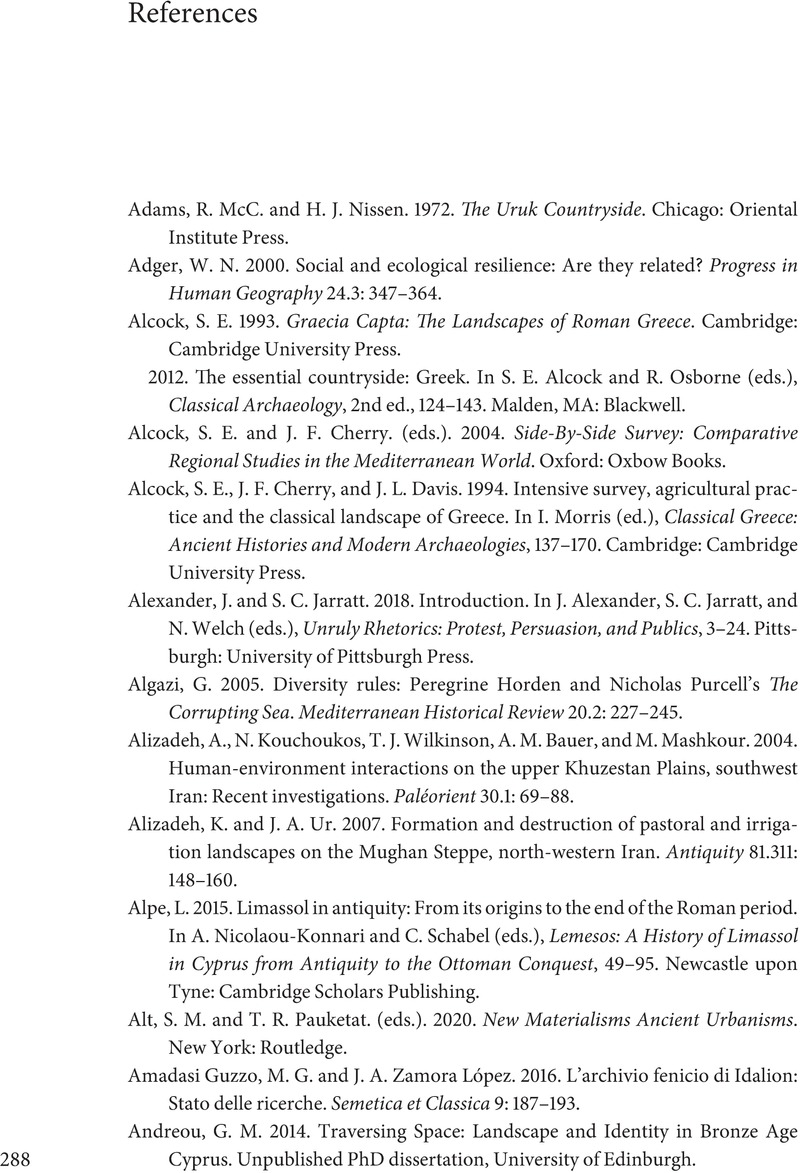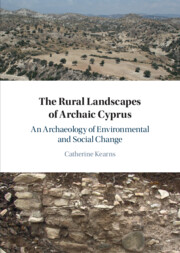Book contents
References
Published online by Cambridge University Press: 18 February 2023
Summary

- Type
- Chapter
- Information
- The Rural Landscapes of Archaic CyprusAn Archaeology of Environmental and Social Change, pp. 288 - 349Publisher: Cambridge University PressPrint publication year: 2022

